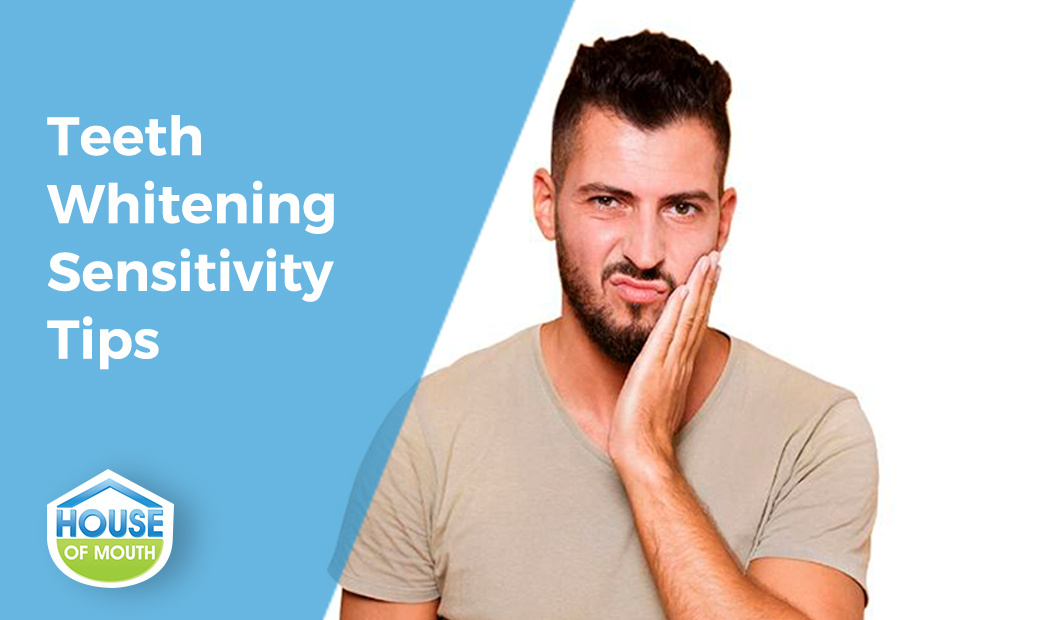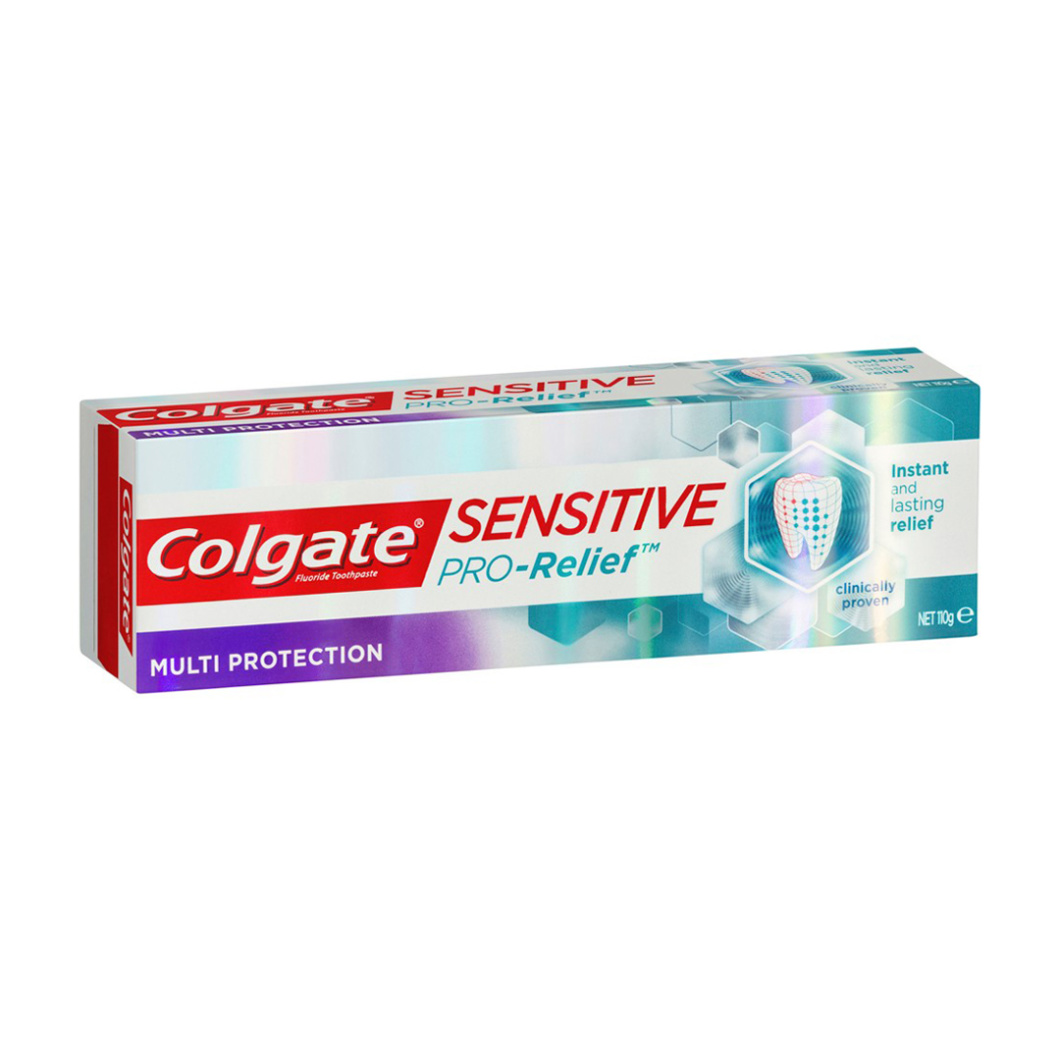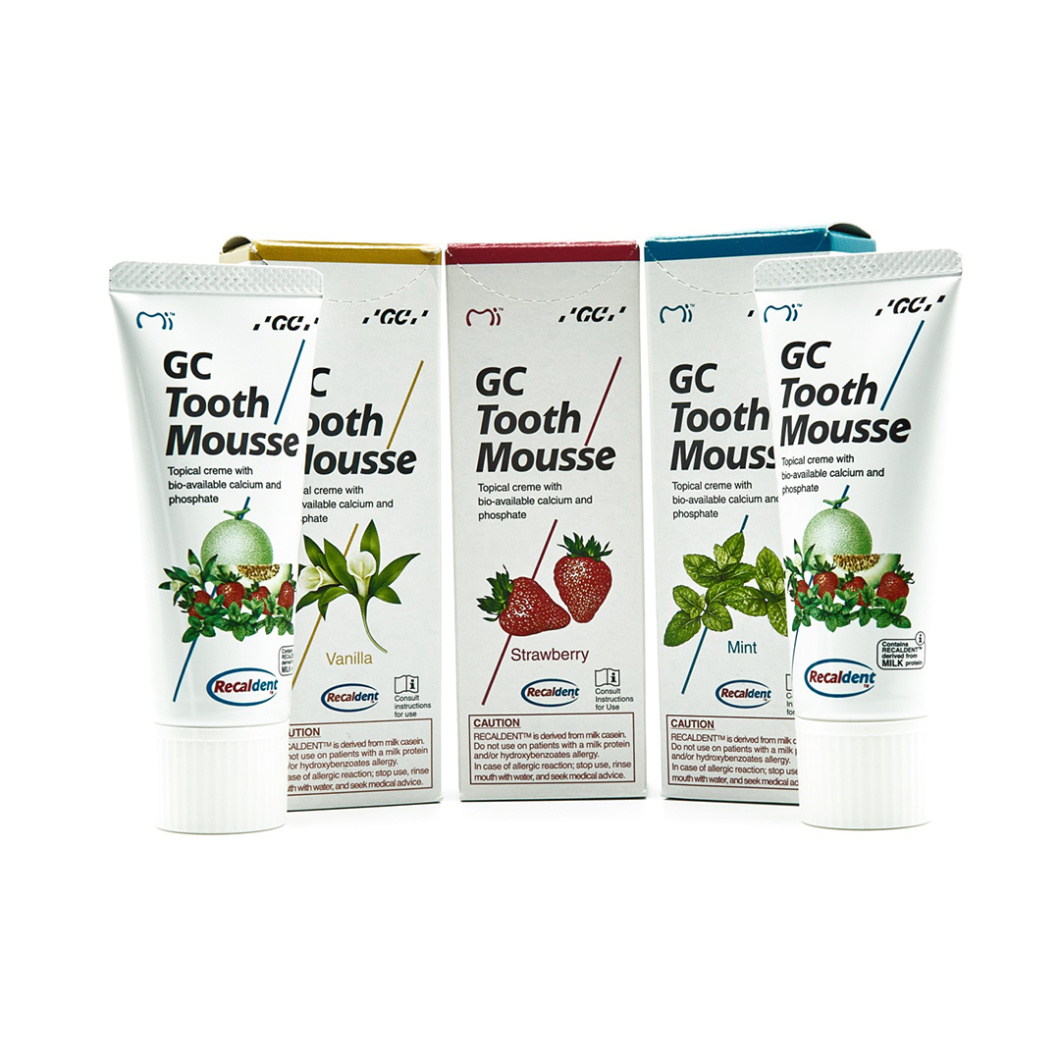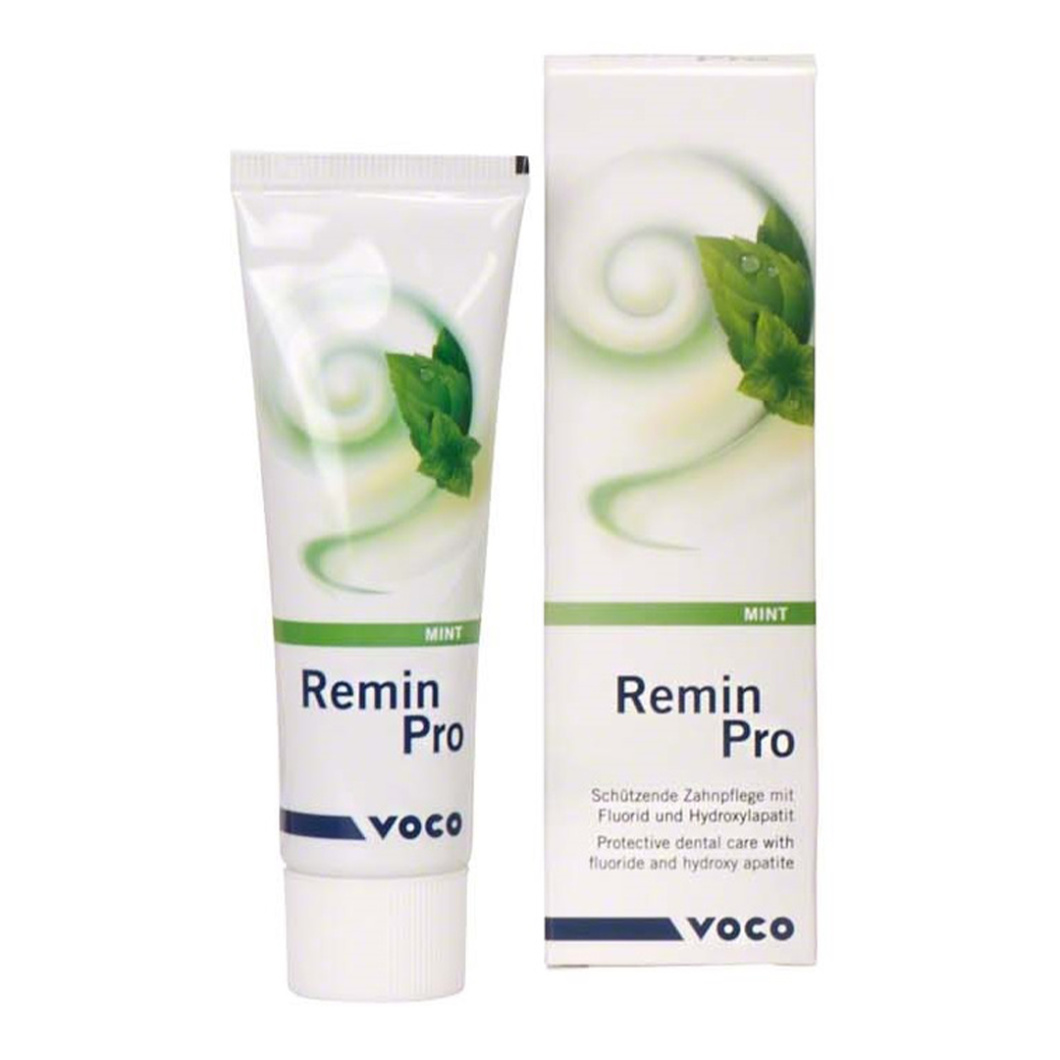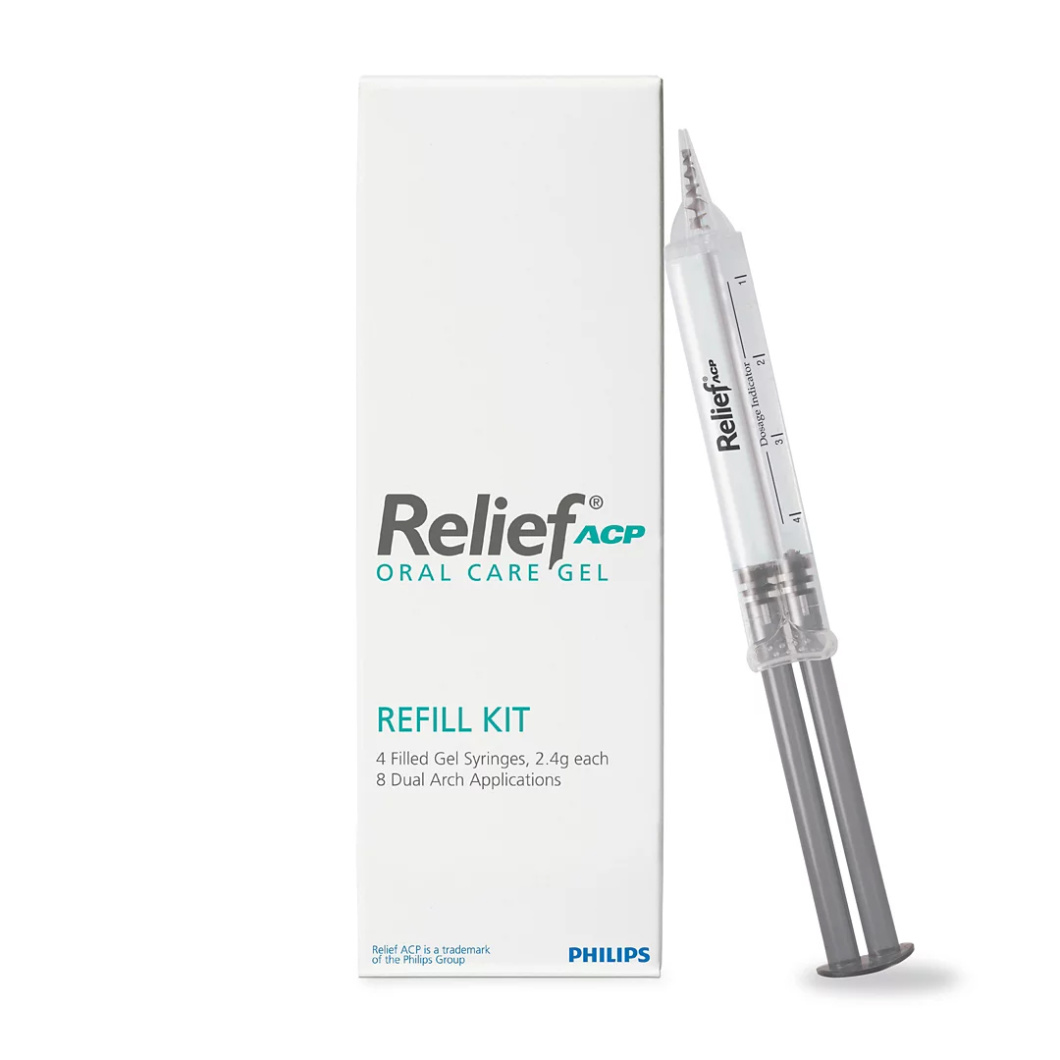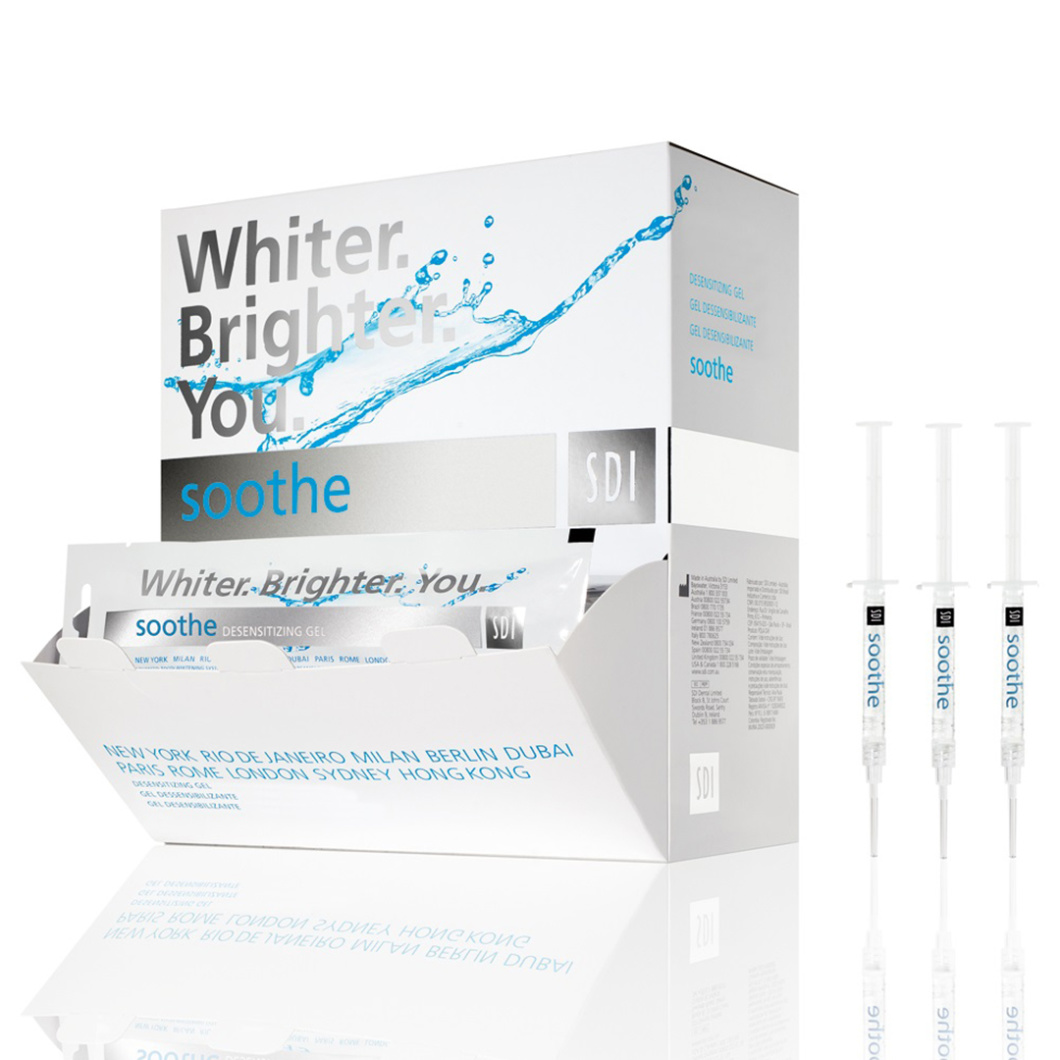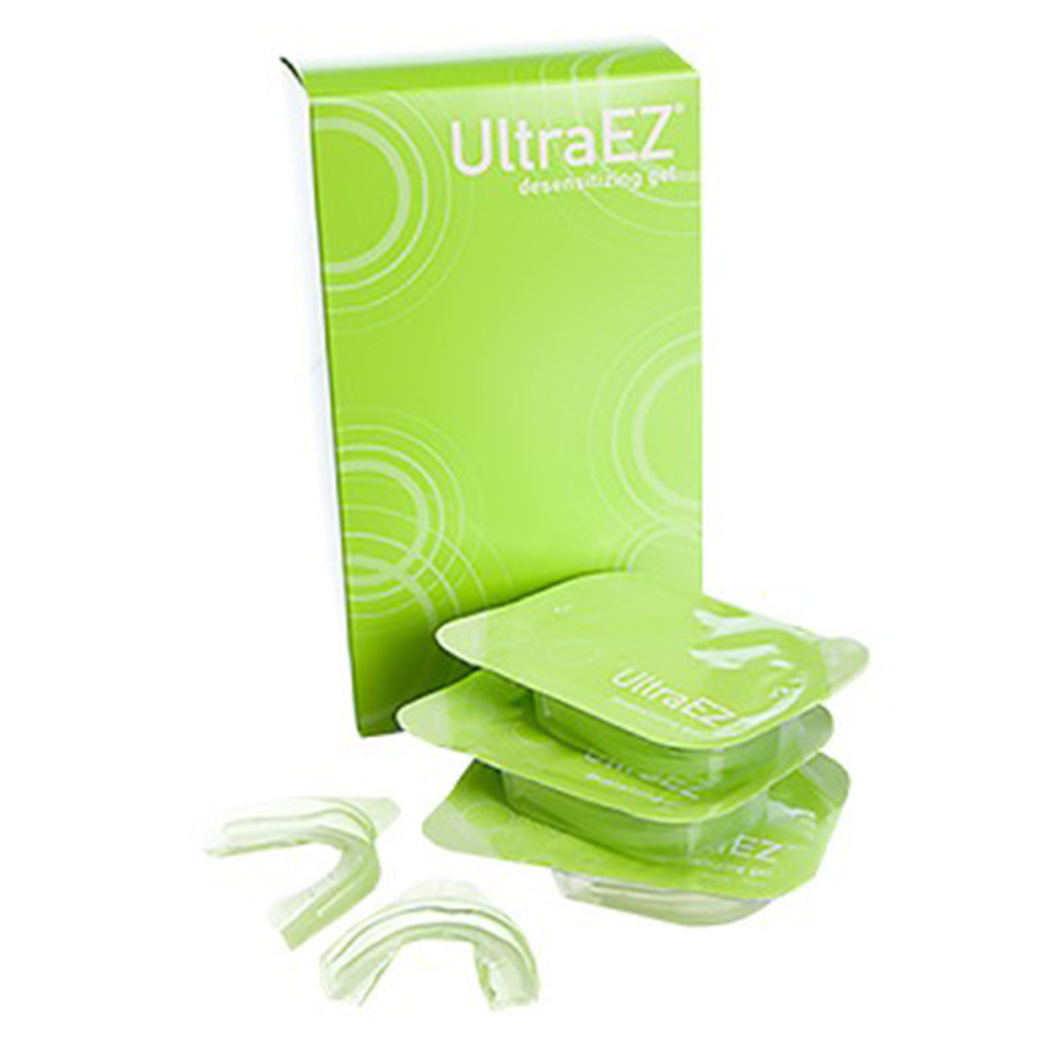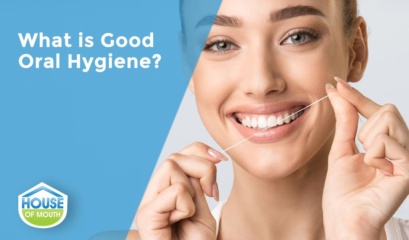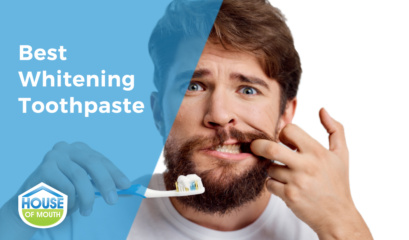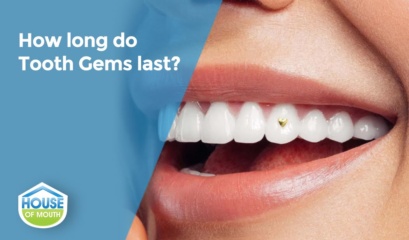Studies show that 44% of Australian households* contain someone who suffers from sensitive teeth or gums!
For some, it is an ongoing issue, whilst others relate it to certain situations such as cold foodstuffs or after teeth whitening. Due to various dietary, lifestyle, oral hygiene, and many other factors tooth sensitivity has become a significant area of interest for dental professionals.
What is Tooth Sensitivity?
Tooth sensitivity is usually a short or sharp sensation when your teeth are exposed to a hot or cold stimulus such as food/drinks and/or during/after teeth whitening treatment or procedures. This can vary in duration, frequency, and severity and usually depends on the causative factor.
Teeth Whitening and Sensitivity
Whether it be at-home whitening or professional in-chair teeth whitening treatment, your teeth may become sensitive due to certain whitening ingredients (usually peroxide gels) and during or after the whitening (oxidation) process itself.
This whitening process occurs on a microscopic level – allowing the whitening ingredient to penetrate your tooth porosities, in turn, lifting away discolouration and lightening your teeth. Usually, teeth whitening sensitivity is temporary lasting no longer than 24-48 hours after the last whitening treatment. For individuals with pre-existing sensitivity, this may be longer.
Sensitivity during whitening varies greatly between individuals and for many reasons – The House of Mouth™ recommends having pre-existing sensitivity issues addressed by a Dental Practitioner before commencing any whitening treatment.
Gum Irritation Caused by Teeth Whitening
Many teeth whitening products contain bleaching agents such as hydrogen peroxide or carbamide peroxide. If whitening products containing these ingredients come in contact with your gums they may cause gum irritation and tenderness. This is very much like ‘sunburn’, which is usually temporary and a common risk factor when whitening your teeth.
Apart from feeling a chemical burn your gum may also turn white, become red and inflammed, tender, or may even flake away. Teeth whitening will not permanently damage your gums and the gums will heal, returning to normal usually within a few days – the flaking of the gum is a natural part of the healing process.
Teeth Whitening Sensitivity Tips
Use a Sensitive Toothpaste
Start brushing with a Sensitive Toothpaste at least 7 days prior to whitening, during and for 7 days after your last whitening treatment. This provides relief throughout your treatment and allows the toothpaste to start working before you commence treatment.
Sensitive Toothpaste can also be placed in your whitening trays after home whitening (for at least 30 mins) to further enhance its effects. Colgate Sensitive Pro Relief or Sensodyne are popular and available online or in many retail stores.
Use a Sensitive Toothpaste that works best for you and caters to your individual needs or preferences e.g. flavour and price – this varies among people.
Use a Tooth Desensitiser
Using a specially formulated Tooth Desensitising product can provide targeted more consistent relief. These products can be smeared onto your teeth and gums (Tooth Mousse and Tooth Mousse Plus), placed in your whitening trays (Pola Soothe and UltraEz), or applied using prefilled trays (UltraEz).
Most products have flexible usage in that they can be used before/after whitening. Most products contain ingredients that may assist in cavity prevention, tooth remineralisation, and desensitisation.
Have a Rest Day
Listen to your teeth! As odd as it sounds, if your teeth are overly sensitive after whitening, take a break! Allow a ‘rest day’ or two where you DO NOT whiten. This gives your teeth a ‘break’. For example, if you were to commence whitening on a Monday, DO NOT whiten on Tuesday but recommence on Wednesday.
Avoid the Obvious
For at least the first 48hrs after any teeth whitening treatment, refrain from consuming overly hot/cold stimuli that will exacerbate sensitivity issues i.e, ice cream, cold drinks, ice, etc.
Use Gel Sparingly
Use a maximum of 1-2 drops of gel per tooth you wish to whiten. The tip of a ballpoint pen or match head is a perfect gauge. Using any more gel than this will cause the gel to ‘ooze’ out of your whitening tray and onto the gums which can be tender and irritating.
Remove Excess
Use a toothbrush, cotton bud or tissue to wipe away teeth whitening gel or solution that comes in contact with your gums. Applying Pola Soothe, Philips Relief, UltraEz Gel, or Vitamin E Oil to irritated gums will help soothe, provide lasting relief, and assist in healing should a chemical burn be present.
Use a Different Product
If your teeth are still sensitive after attempting the above, try an alternate whitening product. This can be in the form of using a lower concentration (strength), brand, or different active ingredient. In comparison to Hydrogen peroxide-based gels, Carbamide Peroxide or Peroxide Free products help to minimise sensitivity, however, are usually worn for longer.
As always before any whitening treatment, it is important to seek professional advice. Your situation is unique and what may work well for one whitener may not necessarily be the case for yourself.

Best Tooth Sensitivity Products
The House of Mouth™ stocks a large range of professional tooth sensitivity and desensitising products which can be used before, during and after teeth whitening treatments.
Colgate Sensitive Pro Relief Toothpaste
Colgate Sensitive Pro-Relief Toothpaste repairs sensitive areas of teeth and prevents further sensitivity. The special Pro Argin Formula seals tooth channels which can provide instant sensitivity relief (when massaged on each sensitive tooth for one minute). Available in Muliprotection and Repair and Protect.
Tooth Mousse Plus Topical Desensitising Cream provides added tooth protection, fights sensitivity, neutralises the mouth, prevents cavities, and enhances teeth whitening results. Tooth Mousse Plus tastes great and can be applied using your Whitening Trays, finger, or toothbrush. Read more about Tooth Mousse here.
Voco Remin Pro is an easy-to-use water-based cream containing hydroxyapatite (calcium and phosphate), fluoride, and xylitol. Unlike GC Toothmousse Remin Pro does not contain milk proteins, alleviating concerns for those who are sensitive to milk casein and associated allergies. Remin Pro is suited perfectly for use during or after home teeth whitening to alleviate tooth sensitivity and enhance teeth whitening results.
Best Gum Irritation Products
The House of Mouth™ also stocks a range of professional-grade products designed to help soothe and heal irritated gums from Teeth Whitening. See our top products for treating gum irritation below:
A dental grade tooth desensitising gel designed to help relieve and manage gum irritation and tooth sensitivity related to teeth whitening, gum recession, root exposure, or for use post-root-planting. Relief Gel’s unique formula contains patented Amorphous Calcium Phosphate, Fluoride, and Potassium Nitrate which dramatically reduces sensitivity caused by whitening, heat, cold, sweets, acids, or touch.
Pola Soothe is a dental-grade tooth desensitising gel formulated for use with a teeth whitening treatment. Pola Soothe clinically proven formula and sustained release gel contains both potassium nitrate and fluoride which immediately targets tooth sensitivity which is often caused by teeth whitening and hot or cold stimuli.
UltraEZ quickly eliminates sensitivity from tooth whitening, hot/cold and chemical changes, root exposure, and toothbrush abrasion. UltraEZ sustained-release formula provides immediate results to help teeth from being sensitive. UltraEZ is available in Gel Syringes and convenient Pre Filled Trays.
Teeth Whitening Sensitivity and Gum Irritation Help
As a professional team, The House of Mouth understands you may still have questions. So contact us today to speak to an oral health expert and discuss your teeth whitening sensitivity and gum irritation relief needs.



